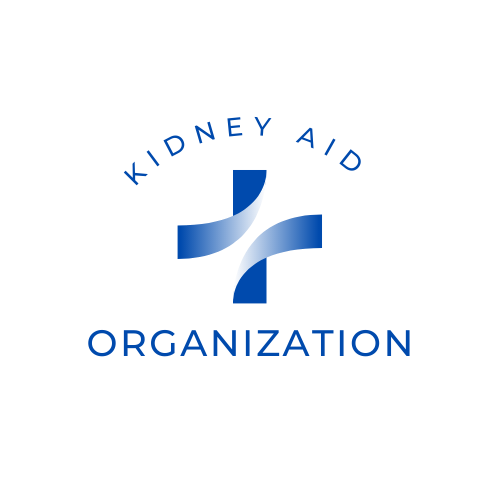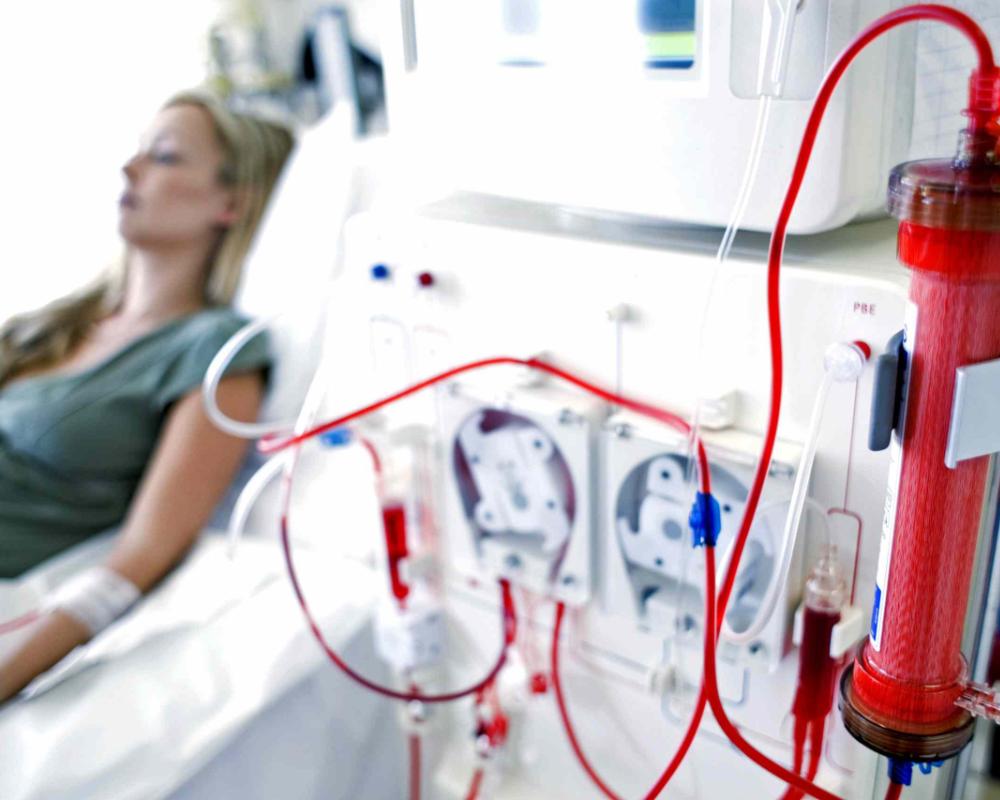Chronic kidney disease (CKD) affects over 850 million people globally, with limited treatment options beyond dialysis or transplantation. However, groundbreaking research is offering new hope—and patients are playing a pivotal role in advancing these innovations. From regenerative cell therapies to bioengineered organs, here’s a deep dive into the latest breakthroughs and how clinical trial participation is accelerating progress toward a cure.
1. Regenerative Medicine: Harnessing the Body’s Healing Power
One of the most promising frontiers is cell therapy, which aims to repair damaged kidney tissue. UC Davis Health is leading a global Phase III trial called REACT (Renal Autologous Cell Therapy). This first-in-class treatment uses a patient’s own kidney cells, harvested via biopsy, to create a hydrogel or cryopreserved formulation. These cells, known as Selected Renal Cells (SRCs), are reintroduced to stimulate natural repair processes. Early data suggest potential to restore kidney function in diabetic CKD patients, offering an alternative to lifelong dialysis 1.
Another innovation comes from ImmunoFree, a stem cell therapy targeting transplant rejection. In Phase II/III trials, 76% of participants no longer required immunosuppressants post-transplant. By reprogramming the immune system, this therapy could eliminate the need for lifelong anti-rejection drugs, improving quality of life for transplant recipients 5.
2. Bioengineering and Organ Innovation
The shortage of donor kidneys has spurred advances in bioartificial organs and xenotransplantation. The Kidney Project, led by UC San Francisco, is developing an implantable bioreactor that mimics kidney functions using silicon nanopore membranes and human cells. Successfully tested in pigs, this device could soon enter human trials, offering a permanent solution for kidney failure 2.
Meanwhile, genetically modified pig kidneys have survived up to two months in human recipients, a milestone achieved by NYU Langone Health. These breakthroughs could alleviate organ shortages and pave the way for clinical trials in living patients 25.
To preserve donated kidneys longer, technologies like hypothermic machine perfusion (HMP) and normothermic storage are being refined. Startups like Northernmost and 34 Lives are creating portable systems that maintain organ viability during transport, potentially reducing discard rates by 50% 5.
3. Combination Therapies and Precision Medicine
While drugs like SGLT2 inhibitors (e.g., empagliflozin) have shown a 28% reduction in CKD progression, researchers are exploring combination therapies to amplify results. The CAPTIVATE trial, funded by a $4.93M grant, uses an adaptive design to test combinations of SGLT2 inhibitors, MRAs, and GLP-1 agonists. This approach could personalize treatment and slow kidney decline more effectively than single-drug regimens 3.
Another landmark study, EASi-KIDNEY, is evaluating vicadrostat, a novel aldosterone synthase inhibitor, alongside empagliflozin. With 11,000 participants across 20 countries, this trial aims to reduce cardiovascular risks and kidney failure rates. Early Phase II results showed a 40% drop in albuminuria, a key biomarker of kidney damage 9.
4. Early Detection and Risk Prediction Tools
Preventing CKD progression relies on early intervention. In 2023, researchers unveiled an AI-powered retinal scan that predicts CKD risk by analyzing microvascular changes in the eye. This non-invasive tool outperformed traditional eGFR and urine tests, enabling earlier diagnosis 2.
Additionally, the Klinrisk model uses 20 lab variables to predict kidney failure risk in early-stage CKD patients. Already integrated into some healthcare systems, this tool helps clinicians tailor monitoring and treatment plans 2.
5. The Critical Role of Clinical Trial Participation
Clinical trials are the backbone of these advancements. For example:
-
REACT seeks 685 participants with diabetic CKD to test cell therapy’s long-term efficacy 1.
-
EASi-KIDNEY is enrolling globally to validate vicadrostat’s benefits 9.
-
Pediatric trials, like UCLA’s study on ferric citrate for hyperphosphatemia, address gaps in childhood CKD care 8.
Participation not only provides access to cutting-edge treatments but also contributes to collective knowledge. Trials like CURE-CKD, a collaborative initiative using big data from UCLA and Providence Health, rely on patient involvement to identify trends and improve care standards 10.
How to Get Involved
-
Consult Your Care Team: Ask about trials matching your condition, such as those listed on UCSF’s or UCLA’s clinical trial portals 48.
-
Explore Registries: Organizations like the National Kidney Foundation (NKF) offer resources to locate trials, including those focused on novel therapies like ImmunoFree or bioartificial kidneys 5.
-
Stay Informed: Follow updates from research consortia like The Kidney Project or CURE-CKD for emerging opportunities 210.
The Road Ahead
While a definitive cure remains elusive, the convergence of regenerative medicine, bioengineering, and precision therapies is transforming CKD management. Each clinical trial participant brings us closer to a future where kidney disease is no longer a life sentence. As Dr. William Herrington of Oxford Population Health notes, “The potential to ease the burden on healthcare systems and patients is profound” 9.
By joining this scientific journey, patients become partners in innovation—turning hope into reality.


